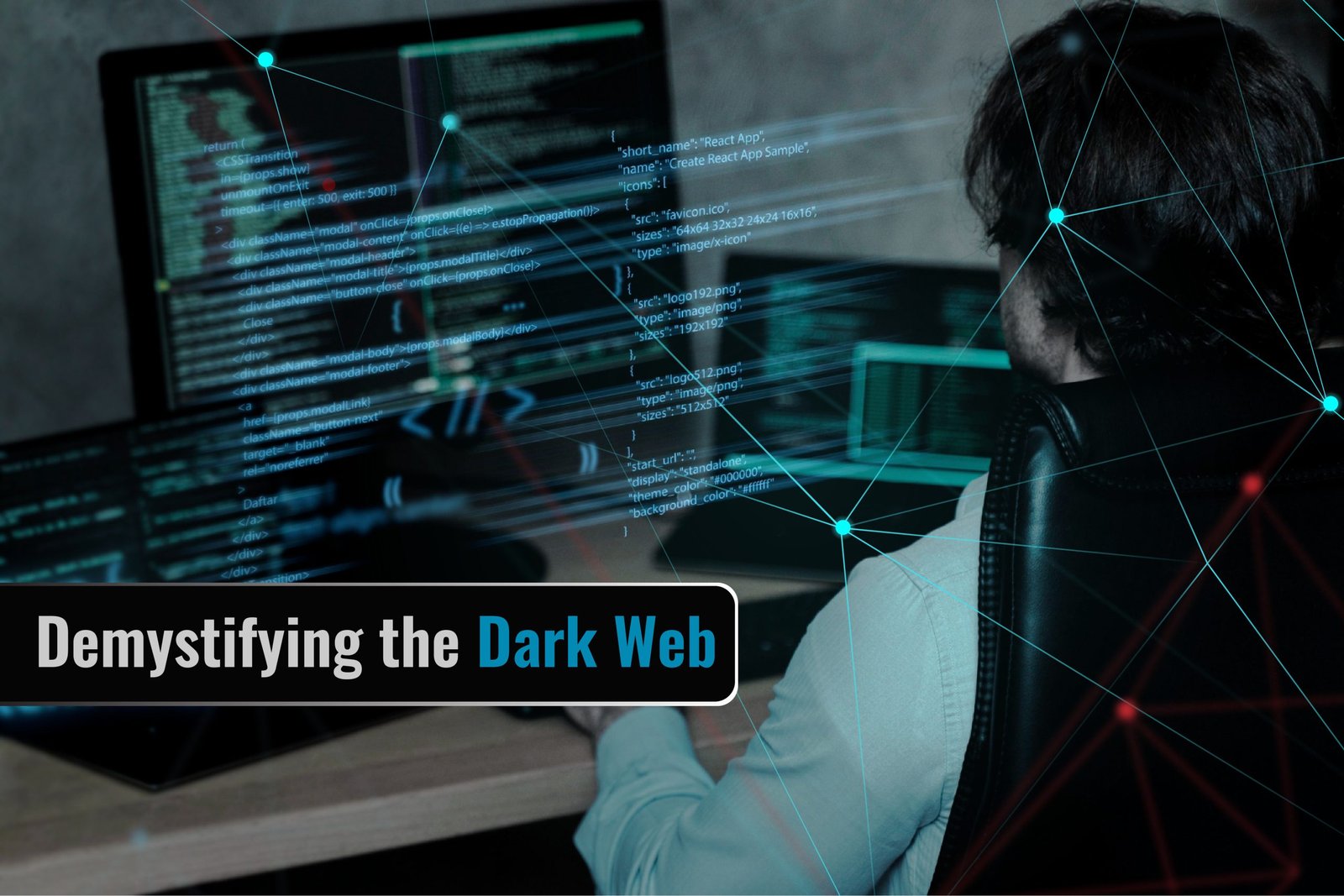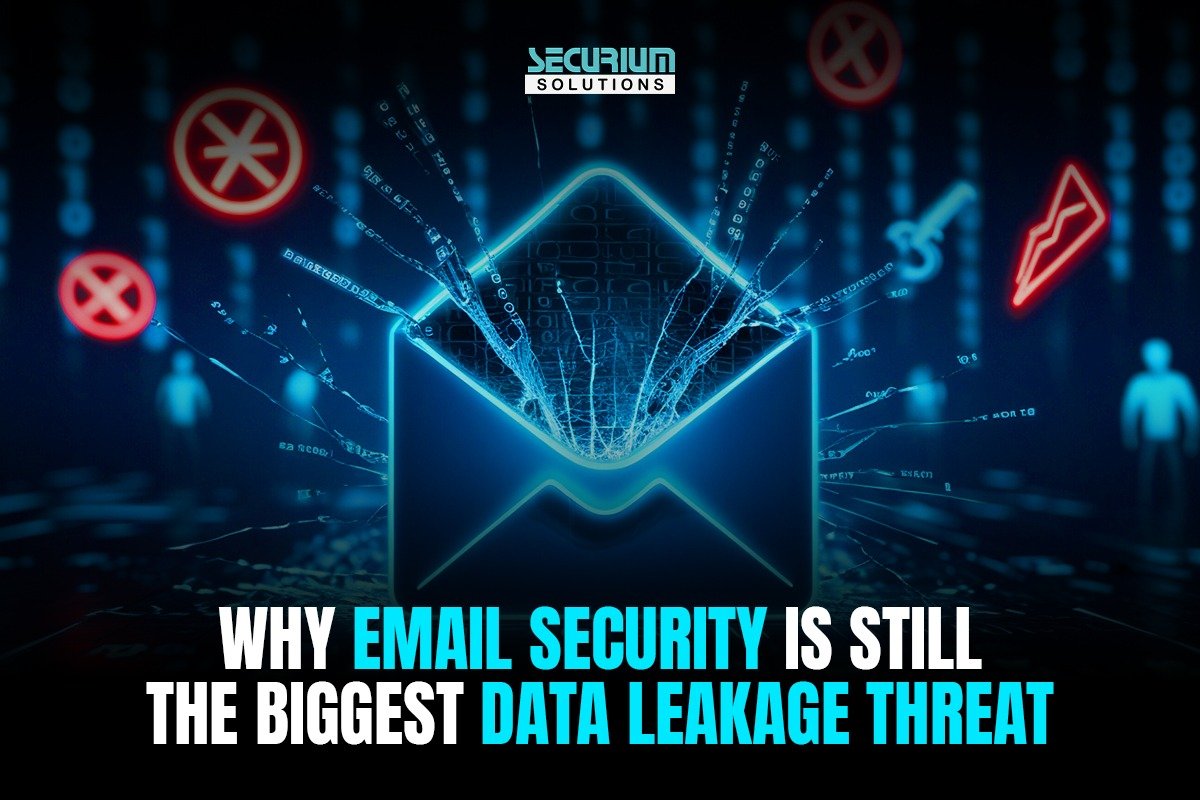Introduction:
Demystifying the dark web has long captured the imagination of many, but its association with illicit activities and cybercrime makes it a topic of concern for cybersecurity professionals. The dark web is a part of the internet that is not indexed by search engines and requires specific software or configurations to access. It is often associated with illegal activities, anonymity, and privacy.
The dark web refers to a collection of websites and online platforms that are intentionally hidden and inaccessible through traditional web browsers. These websites are hosted on encrypted networks, primarily the Tor network, which anonymizes the user’s identity and location. The dark web is distinct from the deep web, which includes all unindexed web pages and sites that are not accessible through search engines.
Unveiling the Dark Web:
Accessing the Dark Web:
Accessing the dark web requires the use of special software, such as the Tor browser, which routes internet traffic through a series of relays to conceal the user’s IP address and location. The Tor network provides anonymity and allows users to access hidden services on the dark web.
Anonymity and Privacy:
The dark web is often associated with activities that require a high level of anonymity and privacy, including illegal marketplaces, hacking forums, and illicit content distribution. However, it is important to note that not all activities on the dark web are illegal or malicious. Whistleblowers, journalists, and activists also use the dark web to communicate securely and protect their identities.
Illegal Activities:
While the dark web has legitimate uses, it has gained a reputation for facilitating illegal activities. Illegal marketplaces, such as Silk Road, have operated on the dark web, allowing users to buy and sell drugs, weapons, stolen data, and other illicit goods and services. Other criminal activities found on the dark web include hacking services, malware distribution, counterfeit currency, and identity theft.
Risks and Dangers:
The dark web poses several risks to users. As it is an unregulated and anonymous environment, there is an increased likelihood of encountering scams, frauds, and malicious actors. Users may also inadvertently stumble upon illegal content, disturbing imagery, or be exposed to cyber attacks and malware.
Law Enforcement and Dark Web:
Law enforcement agencies actively monitor and investigate illegal activities on the dark web. They employ various techniques, such as undercover operations, advanced analytics, and cooperation with international partners, to identify and apprehend criminals operating on the dark web.
Staying Safe:
If you choose to explore the dark web, it is crucial to take precautions to protect your privacy and security. Here are some recommendations:
Use the Tor browser: The Tor network provides a layer of anonymity and encryption.
Maintain updated security software: Protect your device from malware and viruses.
Avoid illegal activities: Engaging in illegal activities on the dark web can have serious legal consequences.
Use discretion: Be cautious about the links you click on and the websites you visit. Exercise common sense and skepticism.
It is important to note that exploring the dark web can expose you to illegal and harmful content. It is generally recommended to avoid accessing the dark web unless you have a specific legitimate reason and are aware of the associated risks.
Dark Web Activities and Cybersecurity Risks:
Illegal Marketplaces: The dark web hosts numerous illegal marketplaces where drugs, weapons, stolen data, hacking tools, and counterfeit goods are traded, creating a thriving underground economy.
Hacking Services: Cybercriminals offer their expertise in hacking, phishing, and malware development for financial gain. This enables the proliferation of cyberattacks and data breaches.
Financial Fraud: Dark web forums provide resources for identity theft, credit card fraud, and money laundering. Personal information, stolen credentials, and financial data are bought and sold in bulk.
Cyber Weapons: Sophisticated hacking tools, zero-day exploits, and malware are available on the dark web, enabling cybercriminals to launch targeted attacks against individuals, organizations, or even governments.
Malware and Ransomware: Dark web marketplaces facilitate the distribution and sale of malicious software, including ransomware, which encrypts victims’ files and demands payment for their release.
These dark web activities present severe cybersecurity risks, including:
Increased Cybercrime: The anonymity of the dark web allows cybercriminals to operate with reduced fear of detection, leading to an escalation in cyberattacks and financial fraud.
Data Breaches: Stolen data, credentials, and compromised accounts traded on the dark web contribute to the rise in data breaches, posing a significant threat to individuals and organizations.
Cyber Espionage: State-sponsored hacking groups and intelligence agencies exploit the dark web for covert operations, gathering intelligence, and launching cyber espionage campaigns.
Spread of Malware: Dark web marketplaces facilitate the distribution of malware, leading to an increased prevalence of infections, compromised systems, and botnets.
Insider Threats: Disgruntled employees may use inside the dark web to sell sensitive company information, intellectual property, or access credentials, posing a significant insider threat.
To mitigate these risks, individuals and organizations must prioritize cybersecurity measures such as robust network security, employee training, regular software updates, and adopting multi-factor authentication.
Collaboration and Information Sharing: Law enforcement agencies, government entities, and cybersecurity organizations should work together to share intelligence and information about dark web activities. Collaboration can lead to the identification and tracking of cybercriminals, as well as the disruption of their operations.
Enhanced Law Enforcement Efforts: Authorities should allocate resources to investigate and prosecute individuals involved in dark web cybercrime. This includes dedicated cybercrime units, specialized training for law enforcement personnel, and international cooperation to tackle cross-border criminal activities.
Deep Web Crawling and Monitoring: Deep web crawling technologies can be employed to scan and index hidden websites and forums on the dark web. This enables the identification of potential cyber threats, such as stolen data, hacking tools, or compromised credentials. Continuous monitoring of the dark web can provide early warning signs and facilitate proactive measures against cybercriminal activities.
Cyber Threat Intelligence: Organizations and cybersecurity agencies should gather intelligence on emerging dark web threats, including new hacking techniques, malware, or vulnerabilities for various systems. This intelligence can be used to strengthen defenses, develop countermeasures, and enhance incident response capabilities.
Education and Awareness: Promoting cybersecurity education and awareness among individuals and organizations is crucial in combating dark web threats. By understanding the risks associated with the Demystifying the Dark Web and implementing best practices, users can better protect themselves from cyber threats and avoid falling victim to malicious activities.
Technological Solutions: Developing advanced technologies and tools to detect, prevent, and mitigate dark web cyber threats is essential. This includes the use of artificial intelligence and machine learning algorithms to analyze large volumes of data, identify patterns, and detect potential threats. Additionally, robust encryption and authentication mechanisms can help safeguard sensitive information and prevent unauthorized access.
Conclusion:
The dark web represents a complex and shadowy world where cyber threats flourish. Understanding its inner workings and the associated risks is crucial for cybersecurity professionals and individuals alike. By staying informed, implementing robust cybersecurity measures, fostering collaboration, and leveraging advanced threat intelligence, we can fortify our defenses and mitigate the risks posed by the dark web. Remember, a proactive and vigilant approach is key in safeguarding our digital assets and preserving our privacy in an increasingly interconnected world.
Payal Dharmik
(Cyber Security Intern)




